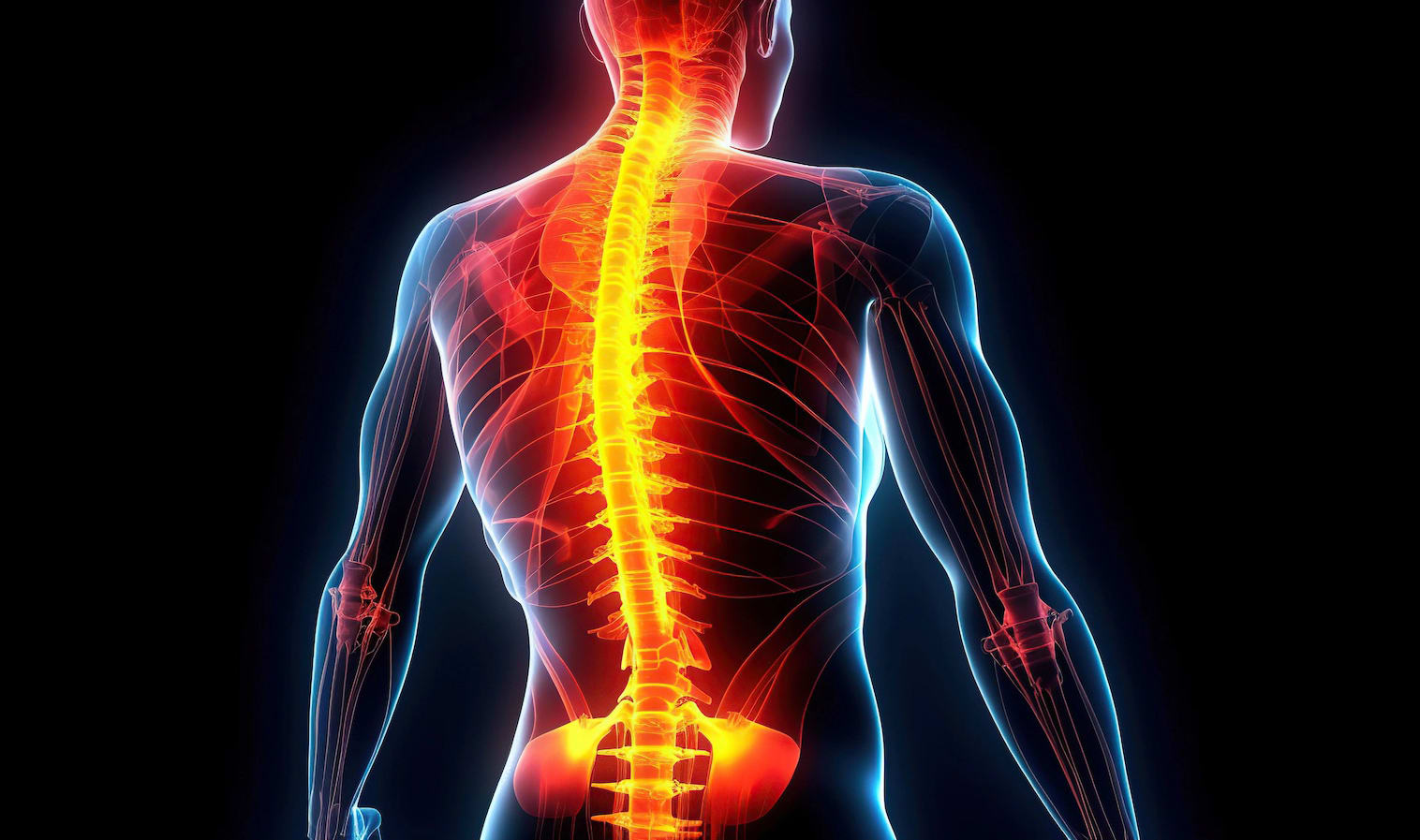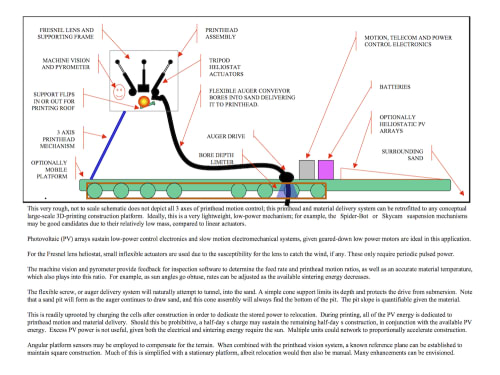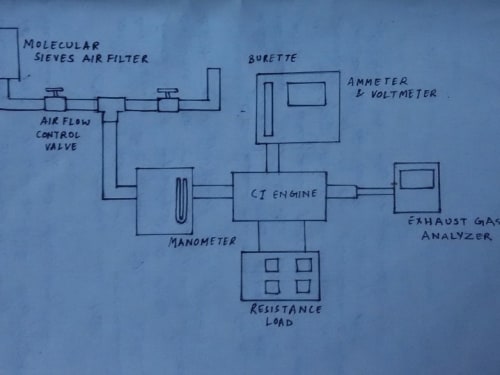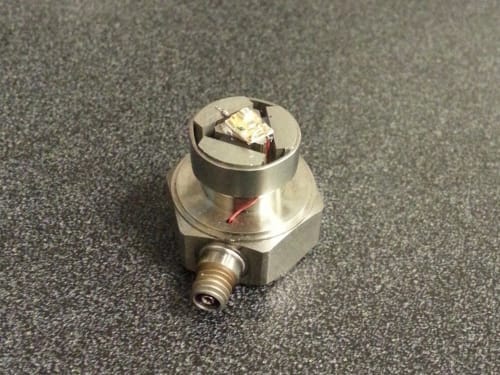The 2025 Contest is Now Open for Entries!
Submit your best new product ideas in any of seven categories for a chance at $25,000 USD and other great prizes. Here’s how to get started.
Help build a better tomorrow
Since Tech Briefs magazine launched the Create the Future Design contest in 2002 to recognize and reward engineering innovation, over 15,000 design ideas have been submitted by engineers, students, and entrepreneurs in more than 100 countries. Join the innovators who dared to dream big by entering your ideas today.
Read About All the 2024 Winning Inventions

Special Report spotlights the eight amazing winners in 2024 as well as honorable mentions in each category, plus the top ten most popular entries as voted by our community.
Click here to read moreA ‘Create the Future’ Winner Featured on ‘Here’s an Idea’
Spinal cord injury affects 17,000 Americans and 700,000 people worldwide each year. A research team at NeuroPair, Inc. won the Grand Prize in the 2023 Create the Future Design Contest for a revolutionary approach to spinal cord repair. In this Here’s an Idea podcast episode, Dr. Johannes Dapprich, NeuroPair’s CEO and founder, discusses their groundbreaking approach that addresses a critical need in the medical field, offering a fast and minimally invasive solution to a long-standing problem.
Listen nowThank you from our Sponsors
“At COMSOL, we are very excited to recognize innovators and their important work this year. We are grateful for the opportunity to support the Create the Future Design Contest, which is an excellent platform for designers to showcase their ideas and products in front of a worldwide audience. Best of luck to all participants!”
— Bernt Nilsson, Senior Vice President of Marketing, COMSOL, Inc.
“From our beginnings, Mouser has supported engineers, innovators and students. We are proud of our longstanding support for the Create the Future Design Contest and the many innovations it has inspired.”
— Kevin Hess, Senior Vice President of Marketing, Mouser Electronics
contest/2015
2015
Of the 38,000 level crossings (Rail-Road Intersections) in India, 50 % are unmanned. There is a steady increase in the number of accidents (about 35 per cent of the train accidents) occurring at unmanned level crossings (ULC). Apart from disrupting rail and road services, loss of lives, vehicles, properties, and other materials,
SOLAR-POWERED STRUCTURAL PRINTING USING IN SITU DESERT SAND
PURPOSE
Barren desert landscapes are difficult venues for construction due to low water supply, elevated temperatures, lack of a stable building foundation, and accessibility issues.
A low-cost, self-sustaining, solar-powered system is proposed, which automates large-scale 3D printing of roads and other structures, transforming sand, in situ,
My idea is to develop an electrically powered rail collision avoidance drone. The drone would precede the main locomotive by a sufficient, speed and grade dependant, distance to initiate an emergency stop in advance of an imminent collision or derailment. To achieve the solution would require a fast acceleration rail-borne electrically powered drone.
We are Orbital Composites. Our goal is to 3D print satellites on-orbit. The orbital manufacture of satellites will save over 75% of the cost for launching satellite missions. Most dramatically, one can go from mission concept to operation within days.
Orbital manufacturing has a few more advantages.
Size: Satellites may become 1000 times larger.
In today's world as we know pollution is a very big nuisance for all. What I am proposing is a molecular sieves air filter that reduces NOx and other harmful chemical substances coming out of the exhaust pipes of vehicles. Using this filter allows for better combustion characteristics and less harmful exhaust.
At home or at work, we often need to lift and transport large and heavy objects. We can ask our friends and co-workers to help us, rent a fork-lift, or even purchase an exoskeleton. All these options are inconvenient, expensive, and result in loss in productivity.
The technology developed is a piezoelectric stimulus-response quantification based gravimeter (PEG). This innovation takes a completely novel approach towards utilization of the piezoelectric element by quantifying the gravitational effects on them--they can not only generate an electric charge in response to mechanical deformation, but can also be mechanically deformed by applying electric charges,
The idea of this project is solving the problem of natural user-interaction with Augmented Reality and Virtual Reality (AR/VR) objects through creation of mid-air tactile sensations for related industries (e.g. Microsoft Hololens).
When we hold a “real” object, visual and haptic feedback allow us to feel and interact with it.
We are developing a sophisticated electric-assist vehicle idealized for network sharing in urban and suburban areas. This vehicle, dubbed "VeloCar", is sustainable by utilizing battery power, human power, solar power, and regenerative braking.
The VeloCar will be fully enclosed to protect the user from inclement weather. Furthermore, it includes cargo space which provides practical functionality for running errands.
The technology developed is a monitoring system that includes a base station and at least one sensor unit mounted some distance away, which is in wireless, one-way communication with the base station. The sensor lies dormant until it receives a voltage trigger from a vibration-sensitive switch which consumes no stored power from the battery. When activated,
Page 22 of 89
















